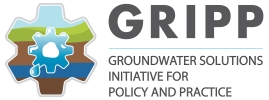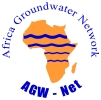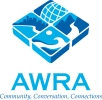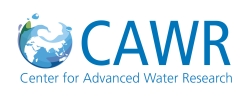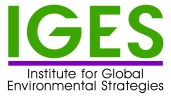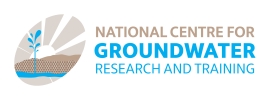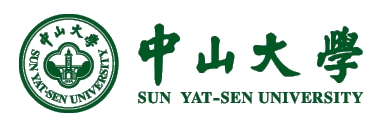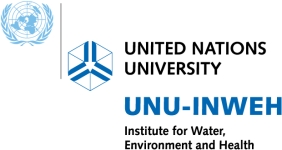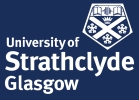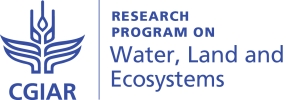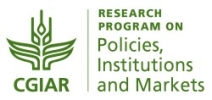Controlling water-related disasters through innovative underground storage
UTFI – What is it?
With increasing climate variability around the world, pragmatic and effective solutions to control the combined impacts of floods and droughts are greatly needed, particularly in developing countries, where vulnerability to such events is highest [1]. A technique called Underground Taming of Floods for Irrigation, or UTFI, serves to overcome the spatial and temporal mismatch in water availability that is characteristic of recurrent flood/drought cycles [2]. Through targeted recharge of excess wet season flows into aquifers, water security is enhanced during dry spells and droughts, making water available for irrigation, which is a critical source of food and livelihoods in many regions. The technique is implemented at the community level and replicated across suitable locations within a river basin so as to mitigate floods more effectively, while also boosting groundwater reserves.
Piloting activities
UTFI is being piloted in a village in India’s Ramganga sub-basin, which is a major tributary of the Ganges River Basin. The evidence base for UTFI is being created through a suite of interconnected activities that include site suitability assessments, community mobilization and capacity building, implementation of infrastructure, pilot testing and demonstration, hydro-economic modelling, and socioeconomic, institutional and policy analysis. Evaluation from multi-disciplinary and participatory perspectives ensures that key risks are identified and addressed. For example, initial concerns by residents closest to the pilot site about water potability has resulted in more detailed examination of water quality on a regular basis.
Findings and early experience
An early regional assessment revealed that much of the Gangetic Plains is potentially well suited to UTFI implementation, due to a combination of high flood risk as well as significant and increasing vulnerability to drought, exacerbated in part by the rising pace of groundwater depletion [3]. Based on this, a pilot site was identified in western Uttar Pradesh following a comprehensive and participatory selection process [2].
The piloting involves the recharging of monsoonal flows diverted from an adjacent irrigation canal system to a village pond retrofitted with a series of recharge wells where water infiltrates (Figure 1). It demonstrates that significant quantities of water (~70 x 103 m3) can be stored underground each year without detrimental impacts on the environment or groundwater quality. The quantity stored can support 35 hectares of winter season crop with four rounds of irrigation, each of 5 cm depth. Social acceptance is growing with increased understanding of the benefits, how the system works, and how to maintain and manage it. Local villagers, both men and women, perceive that their water availability has improved, both for domestic and agricultural purposes. Building on local institutions, governance arrangements are being strengthened through support from the pilot implementers as well as by the stakeholders themselves. This helps to increase local ownership and ensure the system functions well and is sustainable.

Figure 1. UTFI pilot facility during the wet season in Uttar Pradesh (photo: P. Vishwanathan).
Research focusing on broad-scale integrated hydrologic modelling suggests that scaling up UTFI across the Ramganga sub-basin could generate significant social and economic benefits by reducing floods, restoring groundwater levels and downstream baseflows, and increasing agricultural production [4]. Investments made in scaling up the practice would also be economically viable, provided the additional crops grown during the dry season through UTFI are of moderate to high water productivity.
Site visits and open days organized for government officials, the wider community in the area and media have helped to demystify what UTFI is and how it functions, and to raise awareness of its potential benefits (Figure 2). This has resulted in strong support from local decision makers. An example of this is that annual maintenance of the system has been integrated with a national flagship program on rural employment (Mahatma Gandhi National Rural Employment Guarantee Act [MGNREGA]) and involves community participation in regular maintenance tasks, paid through the government (Figure 3). UTFI has been formally recognized by the Government of India and is now included in district irrigation plans with budget allocations that would enable scaling up. UTFI is increasingly viewed as a valuable new contribution to watershed management programs, which have proved popular and largely successful across parts of rural India [5] [6].
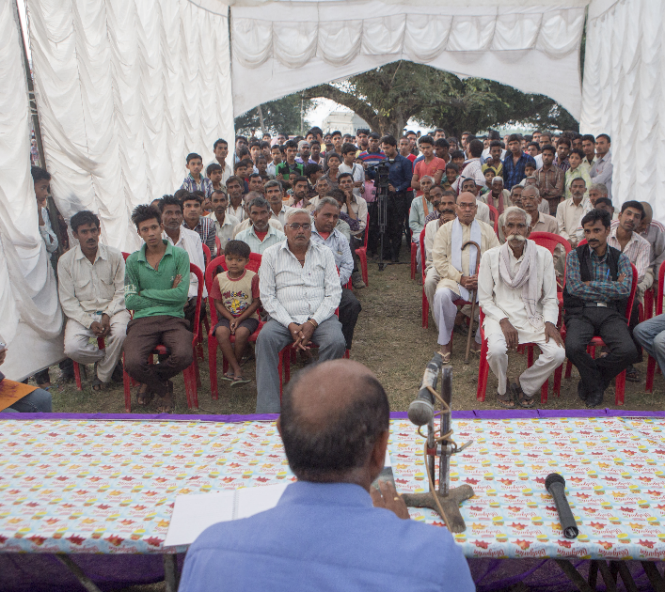
Figure 2. Community consultation at the UTFI pilot village (photo: P. Vishwanathan).
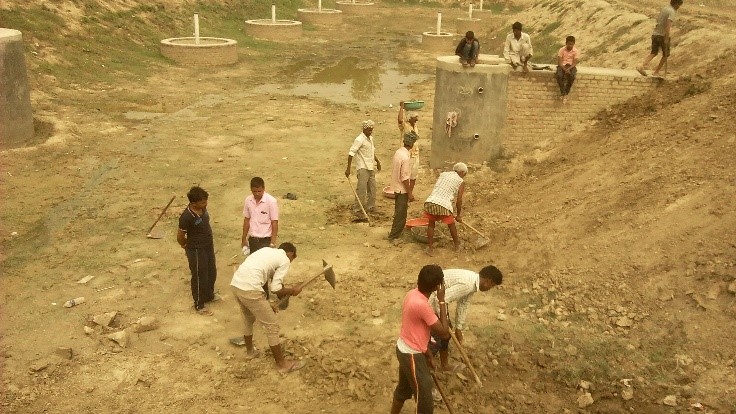
Figure 3. Community participation under MGNREGA (photo: N. Sharma).
What’s next?
Preliminary findings from the UTFI pilot testing in India are encouraging. Future efforts will seek to expand the number of pilot/demonstration sites to other hydrogeological, agroecological and socioeconomic conditions. This will be linked to the preparation of practical guidelines and more demonstration sites to aid the rollout of UTFI programs.
The early inclusion of UTFI in government policy suggests that policy makers and investors across the Ganges will consider the approach when making investment decisions that relate to the United Nations Sustainable Development Goals (SDGs), concerning water-related disasters, climate change adaptation, watershed management, food security, and rural development. There is also reason to believe that UTFI has a potential beyond the Ganges Basin and South Asia. The concept emerged in Thailand [7], and further work is required there as well as in other regions.
[1] IPCC (Intergovernmental Panel on Climate Change). 2012. Summary for policymakers. In: Managing the risks of extreme events and disasters to advance climate change adaptation, eds., Field, C.B.; Barros, V.; Stocker, T.F.; Qin, D.; Dokken, D.J.; Ebi, K.L.; Mastrandrea, M.D.; Mach, K.J.; Plattner, G.-K.; Allen, S.K.; Tignor, M.; Midgley, P.M. A Special Report of Working Groups I and II of the Intergovernmental Panel on Climate Change. Cambridge University Press, Cambridge, UK, and New York, NY, USA. Pp. 1-19.
[2] Pavelic, P.; Brindha, K.; Amarnath, G.; Eriyagama, N.; Muthuwatta, L.; Smakhtin, V.; Gangopadhyay, P. K.; Malik, R. P. S.; Mishra, A.; Sharma, B. R.; Hanjra, M. A.; Reddy, R. V.; Mishra, V. K.; Verma, C. L.; Kant, L. 2015. Controlling floods and droughts through underground storage: from concept to pilot implementation in the Ganges River Basin. Colombo, Sri Lanka: International Water Management Institute (IWMI). 33p. (IWMI Research Report 165). Available at http://www.iwmi.cgiar.org/Publications/IWMI_Research_Reports/PDF/pub165/rr165.pdf
[3] Brindha, K.; Pavelic, P. 2016. Identifying priority watersheds to mitigate flood and drought impacts by novel conjunctive water use management. Environmental Earth Sciences 75: 399. https://doi.org/10.1007/s12665-015-4989-z
[4] Chinnasamy, P.; Muthuwatta, L.; Eriyagama, N.; Pavelic, P.; Lagudu, S. 2018. Modeling the potential for floodwater recharge to offset groundwater depletion: A case study from the Ramganga basin, India. Sustainable Water Resources Management 4(2): 331-344.
[5] Sikka, A.K.; Madhu, M.; Chand, S.; Sing, D.V.; Selvi, V.; Jeevarathanam, K.; Murgaiah, M. 2014. Impact analysis of participatory integrated watershed management programme in semi-arid region of Tamil Nadu, India. Indian Journal of Soil Conservation 42(1):98-106.
[6] Sharda, V.N.; Sikka, A.K.; Juyal, G.P. 2006; Participatory integrated watershed management: A field manual. Dehradun: Saraswati Printers.
[7] Pavelic, P.; Srisuk, K.; Saraphirom, P.; Nadee, S.; Pholkern, K.; Chusanathas, S.; Munyou, S.; Tangsutthinon, T.; Intarasut, T.; Smakhtin, V. 2012. Balancing-out floods and droughts: Opportunities to utilize floodwater harvesting and groundwater storage for agricultural development in Thailand. Journal of Hydrology 470-471: 55-64.
Paul Pavelic1*, Alok K. Sikka2 and Karen G. Villholth3
1* International Water Management Institute (IWMI), Lao PDR; Email: P.Pavelic@cgiar.org
2 IWMI, India
3 IWMI, South Africa






